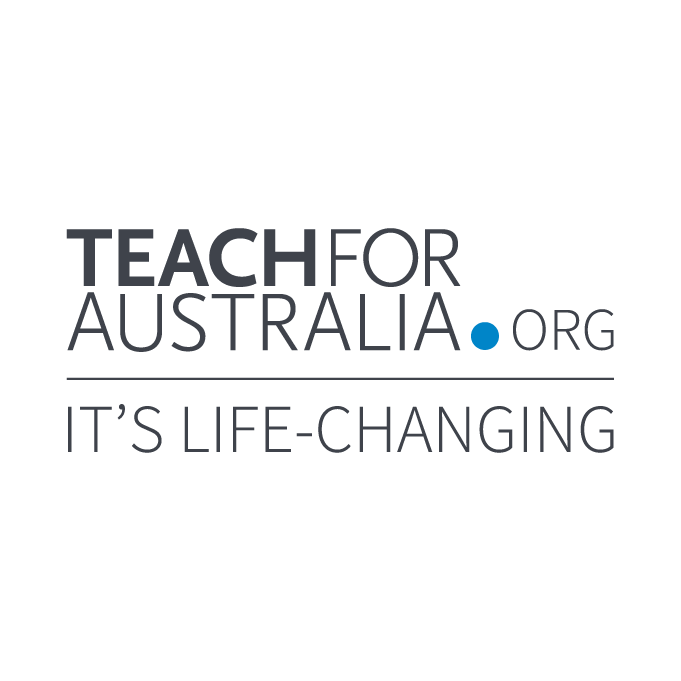Curriculum, assessment and reporting are integral to a successful education system. So, why is it that many of my teaching colleagues and I find them so frustrating?
The Australian Curriculum outlines the expectations for what Australian students should be taught, regardless of where they live or their background.
Assessment aims to measure a student’s understanding of the curriculum.
These assessments provide an indication of how Australian students are performing at school. And this information is subsequently communicated to teachers, parents and communities through reports.
All these various components sound like logical, important and necessary features of a successful education system. True, they provide teachers with structure, direction and support. But, as mentioned, they can also serve as great sources of frustration.

Let’s start with some context. Educational disadvantage in Australia is real. There are huge gaps in the educational outcomes of students across the country.
Forty-two per cent of students are behind the baseline level for maths. Indigenous students are likely to be two-and-a-half years behind their non-Indigenous counterparts. And students from remote areas can be two years behind their metropolitan peers.
Many teachers working in these contexts face challenges teaching the curriculum because it is designed to build on prior knowledge. Many students in Australia don’t have that prior knowledge and are therefore disadvantaged.
This does not mean that these students don’t have the ability to engage with the curriculum (or that the curriculum is poorly designed). It’s just that, due to their circumstances, they have not yet had the opportunity to succeed.
Take for example a single year 8 maths class where every student in that class has had a different experience of maths prior to starting the year. They have different strengths and find varying topics within maths challenging.
Now imagine that most students in the class are disadvantaged by a factor that is out of their control such as socioeconomic status, Indigeneity or remoteness.
Their educational outcomes are statistically likely to be two to three years below the national standard. Yet, they are required to learn year 8 maths, which as you can imagine, with the gaps in their understanding, does not help their learning.
Even if teachers address these gaps with targeted learning, they must assess their students on the year 8 maths curriculum and then report on it.

Currently, according to the Australian grading system, a C grade means that you are “at level” – the level expected of you at your age (i.e. meeting the curriculum). D or E grades mean that you’re not meeting this standard and B or A means that you’re above this standard.
There is no measure of progress or recognition of improvement though. Just a plain old grade.
Now, imagine that year 8 class, with most students currently sitting at least two years below the expected level (year 6 and below). For at least the past few years, they have been sitting in the D to E range, no matter how hard they worked.
Even if they improve and achieve more than one year of growth within a single year, many will still be below the year 8 standard – and, until they demonstrate improvement to a year 8 level, it’s not demonstrated in reports.
With such reports, students not only lose confidence in themselves but also trust in their teacher, the school and the system more broadly.
Teachers need to work together to tailor teaching and learning to a range of literacy and numeracy levels. Then, assess these skills to recognise and communicate individual improvements to students, parents and communities.
We can work towards curriculum, assessment and reporting that supports teachers and students to not only include recognition of individual achievement but also celebrate improvement no matter how small.
That way, we can help all students catch up and excel. After all, one size does not necessarily fit all.







